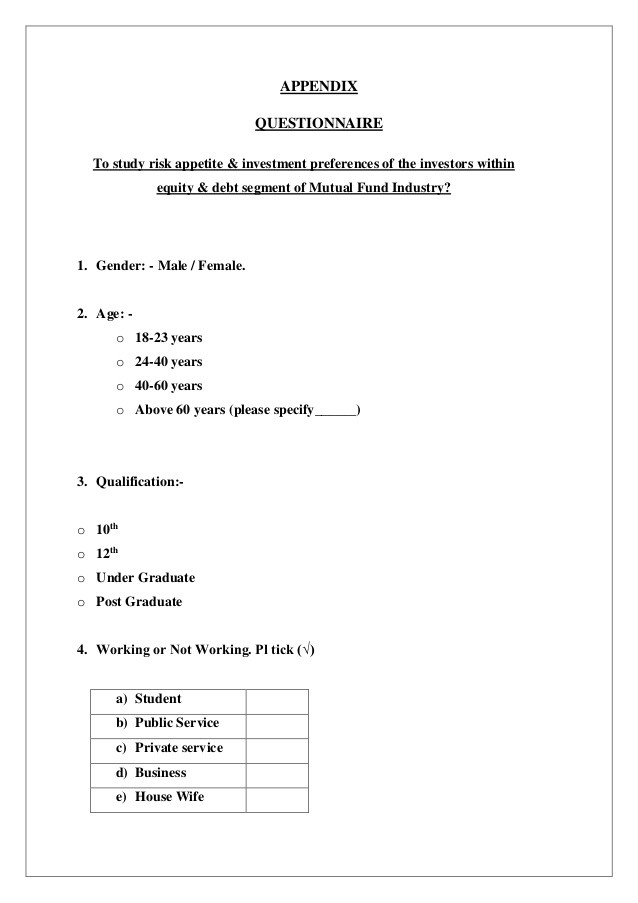Debt Mutual Funds Risk v
Post on: 9 Май, 2015 No Comment

Here is a risk vs. reward analysis of debt mutual funds. This is a companion post to:
All the posts are based on Value Research Onlines fund selector page .
First some definitions.
Average Maturity
A debt mutual fund holds debt securities with differing maturity periods. The weighted average of the maturity periods (taking into account percentage allocation) is known as the average maturity and is typically expressed in years. Higher the average maturity, the more sensitive the fund is to interest rate movements.
Modified Duration
My favorite debt fund metric. See: How to Select Debt Mutual Funds Suitable For Your Financial Goals?
Measured in years, modified duration is a measurement of a bond’s sensitivity to movements in interest rates. For example, a bond with a modified duration of 5.2 years can be expected to undergo a 5.2% movement in price for each 1% movement in interest rates. The longer the modified duration (in years), the more sensitive a bond’s price to changes in interest rates. Source: Invesco Perpetual
Although VRonline lists modified duration of debt mutual funds in their respective fund page, it only offers an interest rate sensitivity score (1: low; 2: medium; 3: high) in its fund selector page. I am assuming this is derived from the modified duration.
Standard Deviation
Knowledge of the standard deviation is t he key to successful mutual fund investing .
The standard deviation is a measure of how much monthly returns deviate from their average. It can be interpreted as the uncertainty or the error associated with the expected return.
For example, if standard deviation over a period of 3 years is 1% for a debt fund, and the associated return is 9%, 68 times out of 100, returns would have varied from (9-1 = 8%) to (9+1 = 10%).
So higher the standard deviation, higher the volatility. Higher the uncertainty in the expected return.
Alpha
Alpha is a risk-adjusted measure of excess returns above the benchmark.
A positive alpha of 1.0 means the fund has outperformed its benchmark index by 1%. Correspondingly, a similar negative alpha would indicate an underperformance of 1% Investopedia
Now on to the graphs
Average Maturity vs. Standard Deviation
Both axes are in log scale for clarity. Higher the standard deviation, higher the average maturity. I should have probably switched the X and Y axes since the standard deviation is a result of the choices made while selecting the portfolio. Too lazy to replot!
Funds which investment in long-term debt paper are susceptible to interest rate movements and hence have a higher standard deviation.
Notice the shaded rectangle. This bounds all funds with an average maturity of 1 year and a standard deviation of 1%.
This represents low-risk debt funds and can be used for short-term (< 5 years) financial goals. Lower the duration, lower should be the standard deviation and the average maturity.
The standard deviation arises not just from changes in the average maturity of the portfolio. It is also sensitive to interest rate risk, especially at higher average maturities!
Some funds are way off from the rest of the bunch. One such fund is encircled in red. This is a pure debt fund of fund scheme:
ING Active Debt Multi-Manager FoF Scheme
Interest Rate Sensitivity vs. Standard Deviation
The data is bunched into three categories by VRonline: Low, medium and high.
In general, higher the interest rate sensitivity, higher the standard deviation.
Most funds with standard deviation
- less than 1% have low interest rate sensitivity
- between 1-3% have medium interest rate sensitivity
- greater than 3% have high interest rate sensitivity
The demarcation becomes even clearer below.
Interest Rate Sensitivity vs. Average Maturity
Fund with Average Maturity,
- less than 1 year have low interest rate sensitivity
- between 1-3.5 years have medium interest rate sensitivity
- above 3.5 years have high interest rate sensitivity
Standard Deviation vs. Average Credit Quality
The quality of the debt paper, as quantified by credit ratings (AAA, AA etc.), give an idea about the return potential of the fund and also its sensitivity to interest rate movements.
Notice that the average credit quality is a poor indicator of volatility. Funds with average AAA quality have standard deviations ranging from 0.13% to 7.39%. A huge spread!
Therefore just because a fund has average credit quality of AAA, does not mean it is safe! The average maturity also matters.
Average Maturity (years) vs. Average Credit Quality
Notice again the huge spread in each credit rating category.
Interest Rate Sensitivity vs. Average Credit Quality
There are a few funds with average credit rating of AAA and high interest rate sensitivity. Tread carefully with those funds.
So if you wish to hold a safe debt mutual fund, it should have
- high credit rating
- low average maturity and
- low interest rate sensitivity
Typically banking and PSU debt mutual funds satisfy these requirements.
Alpha vs. Standard Deviation
Typically most debt funds manage to beat their respective indices like equity funds . Higher the standard deviation, more is the spread in the alpha values, which is understandable.
The point encircles in red belongs to Sundaram Gilt Fund . Mr. Raghu Ramamurthy alerted me to the fact that this fund, a short-term gilt fund produced an astonishing return of 19.22% in 2013!!
While I am still trying to figure this out, all I know is that the fund was fully into reverse repo/CBLO holdings up to the July 2013 crash and then switched fully into short term GOI bonds. While this definitely contributed to the high returns, I am not sure if this is the only reason.














